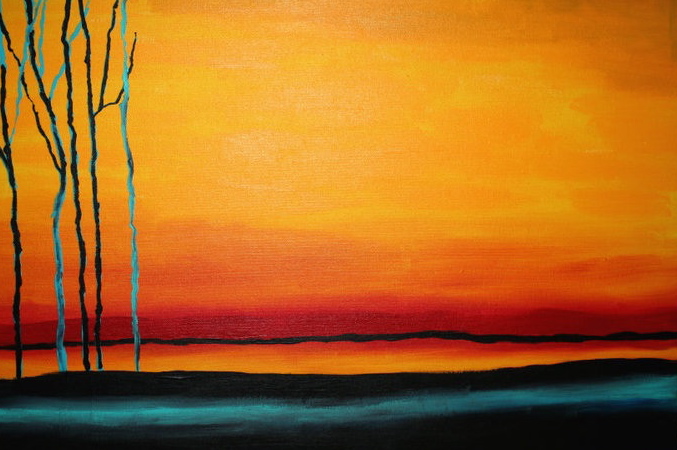From Polygamy to Pioneers: Ambivalence in 20th-Century Mormon Literature
Keywords:
MormonAbstract
Utah history is rich in stories shaped by and steeped in the culture of Mormon settlers. These pioneers left a goldmine of ambivalence for writers to wrestle with, and many Utah writers have done just that. Mormon pioneers help to, in Paula Gunn Allen's words, "people the modern American myth of the West" (Writing the Southwest xix). Their heritage has inspired many writers, and the works of these writers help to enrich late American literature.
Mormons were the first Americans to colonize the Indian Territory that, decades later, would be named Utah after the Ute Indians who occupied part of the land. By the time Brigham Young died in 1877, more than 350 colonies had been established ranging from as far north as present day Alberta, Canada, to as far south as modern northern Mexico.
Many Utah writers have been unable to avoid coming to terms with this early group of Mormon settlers that have had—and continue to have—an enormous influence on the spiritual, social, psychological, political, and geographical aspects of the state. Whether the writer is a newcomer, a Mormon (by culture or creed or both), or an anti-Mormon, many of these writers who are sensitive to their surroundings eventually grapple with the interesting and sometimes perplexing heritage left by Mormon pioneers.
Often the writing of many Utahans reflects an attitude of ambivalence toward the Mormon pioneer heritage. These writers both praise and lambaste, painting early and modern Mormons as heroes and/or villains, or a little of both. Ambivalence, in general, is an important theme in Southwestern literature. In a lecture, Dr. Mark Busby, Director of Southwest Studies at Texas State University-San Marcos, noted that ambivalence, among other themes such as primitivism, racism, and sexism, is a major theme in Southwestern literature. It involves perceiving a double or conflicting value in a specific entity, such as an arid landscape that on the one hand provides solitude and on the other threatens existence. Utah writers often approach the subject of Mormon pioneers and their legacy with this double-sided view, which enriches and adds to the diversity of Southwestern literature, and, indeed, American literature as a whole. I will draw on examples from several of these writers, including Edward Abbey, Wallace Stegner, Terry Tempest Williams, May Swenson, John Sterling Harris, and, finally, Ken Brewer. This list represents a range of writers, including fiction writers and poets, newcomers, anti-Mormons, believers, and cultural Mormons, all of whom write about Mormon pioneers and their modern descendants with a measure of ambivalence.




